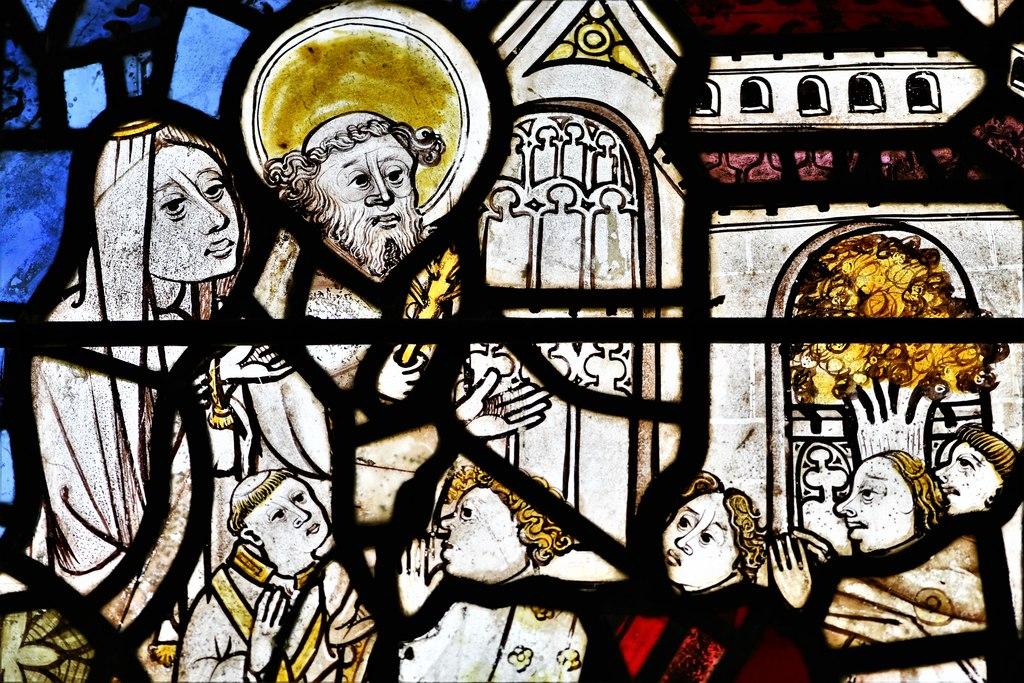St Andrew
Dacre, Cumbria
Beautiful Norman church on site of 7th century monastery in peaceful Lakeland location and home of the Dacre Bears, four unique medieval stone statues.

Greystoke is an area of ancient sacred wells, which attracted pilgrims from pagan times and in St Andrew's, the strange fact that the base of the chantry altar is never dry could be the reason for the earliest wooden built church on this site.
Greystoke, Cumbria
The present church grew to its great size in the 14th century, when chantries for saying masses for victims of the Black Death were added on either side of the central arcade. When the oak screens that divided them were removed during the Reformation, they left a very large nave.
Various items in the church remain from the medieval church, the oldest being the rood beam which bridges the chancel arch and carries floral symbols representing the wounds of Christ. The ancient choir stalls in the chancel have quite an array of beautifully carved misericords under the seats, for which the church is justly famous.
The great east window is a fine collection of medieval glass. According to village lore, the glass was removed in haste and buried as Cromwell approached, and then finally restored in 1848. But the restorers had difficulty in reassembling the pieces in the original order and substituted fragments from other, destroyed, windows. At the extreme left, middle height, is a curious sight; a red devil beneath the feet of a Bishop. But the devil was originally in another window, whispering to Eve in the Garden of Eden!
The oldest window in the church is the bestiary window on the north side of the chancel; the only other ancient glass is behind the organ, and in the clear window above the Lady Chapel altar. Because of the value of this clear glass, fragments have been joined by lead.
Modern times have left their mark on St Andrews too. A sculpture of the Madonna and Child was carved by two German prisoners of war who were stationed at Carlisle at the end of World War II. Another, of the crucified Christ on the west wall, is by the internationally renowned sculptor Josefina de Vasconcellos, who lived in Cumbria.
But the past is ever present. A stone by the path leading from the church to Thorpe is still known as the Plague Stone. Its hollowed top, which fills with rainwater, may have once held vinegar in which coins were purified when plague sufferers paid their dues.
Dacre, Cumbria
Beautiful Norman church on site of 7th century monastery in peaceful Lakeland location and home of the Dacre Bears, four unique medieval stone statues.
Barton, Cumbria
Situated within open countryside with views to the Lakeland fells, St Michael';s church lies on a mound in the centre of a circular graveyard, perhaps a pre Christian site.
Penrith, Cumbria
According to Pevsner, ‘the stateliest church of its time in the county’. Reordered in 1722 on an ancient site, it has many interesting features relating to its history from then until today.